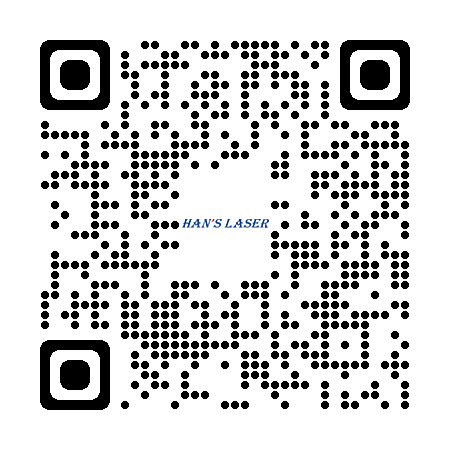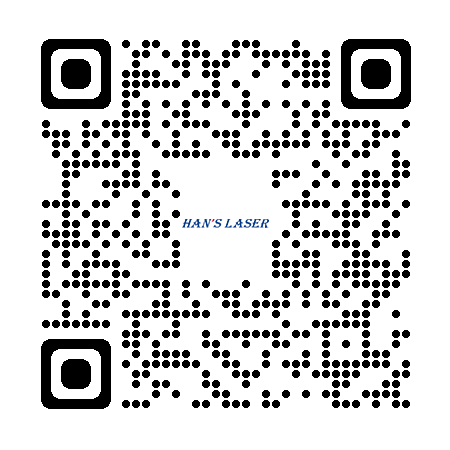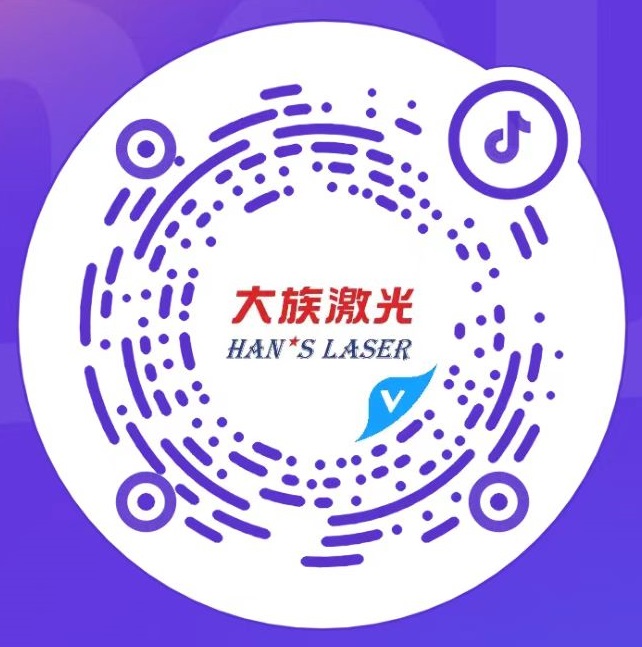Introduction of Laser Plastic Welding Methods
In recent years, with the continuous upgrading of technology, the trend of future growth in plastics laser welding has gradually emerged.
The application methods of plastic laser welding are different from metal welding, including synchronous welding and irradiation mask welding. Below are brief introductions.
Scanning welding
Scanning welding, also known as quasi-synchronous welding, uses a reflector to generate a high-speed laser beam at the speed of 10 meters/second, moving along the area where to be welded, causing the entire welding area to gradually heat up and fuse together. Quasi-synchronous welding is the most widely used in the automotive parts industry.
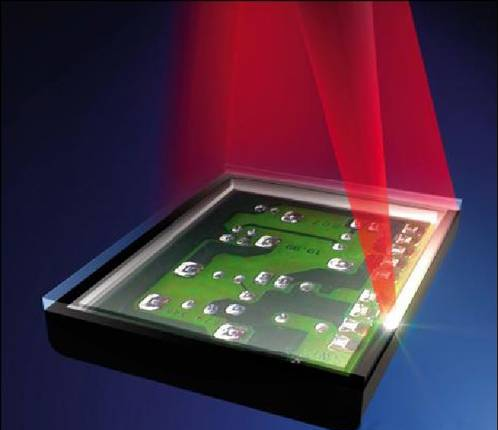
Rolling welding
Rolling welding is an innovative laser plastic welding process that comes in various forms. There are two main forms of rolling welding:
The first type is Globo ball welding, where there is an air cushion glass ball at the end of the laser lens, which simultaneously focuses the laser and clamps the plastic parts. During the welding process, the Globo lens is driven by the motion platform to roll along the welding line to complete the welding, and the entire process is as simple as writing with a ballpoint pen. The Globo welding process does not require complex fixtures, just a bottom mold to support the product.
The second type is TwinWeld process, which adds a metal pressure roller to the end of the lens for plastic laser welding. During the welding process, the pressure roller presses against the edge of the welding line for welding. The advantage of this plastic laser welding process is that the metal pressing wheel does not cause wear, which is conducive to large-scale production.
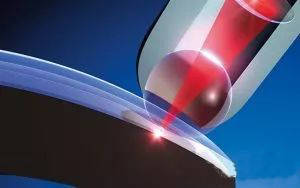
Irradiation mask welding
The laser beam is positioned through a template, melting and bonding the plastic. The template only exposes a small and precise welding area on the plastic layer below, and the laser beam only heats the part of the product that is not covered by the mask. Using this technology can achieve high-precision welding as low as 10 microns.
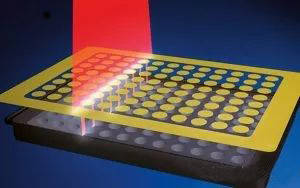
The application methods of plastic laser welding are different from metal welding, including synchronous welding and irradiation mask welding. Below are brief introductions.
Scanning welding
Scanning welding, also known as quasi-synchronous welding, uses a reflector to generate a high-speed laser beam at the speed of 10 meters/second, moving along the area where to be welded, causing the entire welding area to gradually heat up and fuse together. Quasi-synchronous welding is the most widely used in the automotive parts industry.

Rolling welding
Rolling welding is an innovative laser plastic welding process that comes in various forms. There are two main forms of rolling welding:
The first type is Globo ball welding, where there is an air cushion glass ball at the end of the laser lens, which simultaneously focuses the laser and clamps the plastic parts. During the welding process, the Globo lens is driven by the motion platform to roll along the welding line to complete the welding, and the entire process is as simple as writing with a ballpoint pen. The Globo welding process does not require complex fixtures, just a bottom mold to support the product.
The second type is TwinWeld process, which adds a metal pressure roller to the end of the lens for plastic laser welding. During the welding process, the pressure roller presses against the edge of the welding line for welding. The advantage of this plastic laser welding process is that the metal pressing wheel does not cause wear, which is conducive to large-scale production.

Irradiation mask welding
The laser beam is positioned through a template, melting and bonding the plastic. The template only exposes a small and precise welding area on the plastic layer below, and the laser beam only heats the part of the product that is not covered by the mask. Using this technology can achieve high-precision welding as low as 10 microns.


